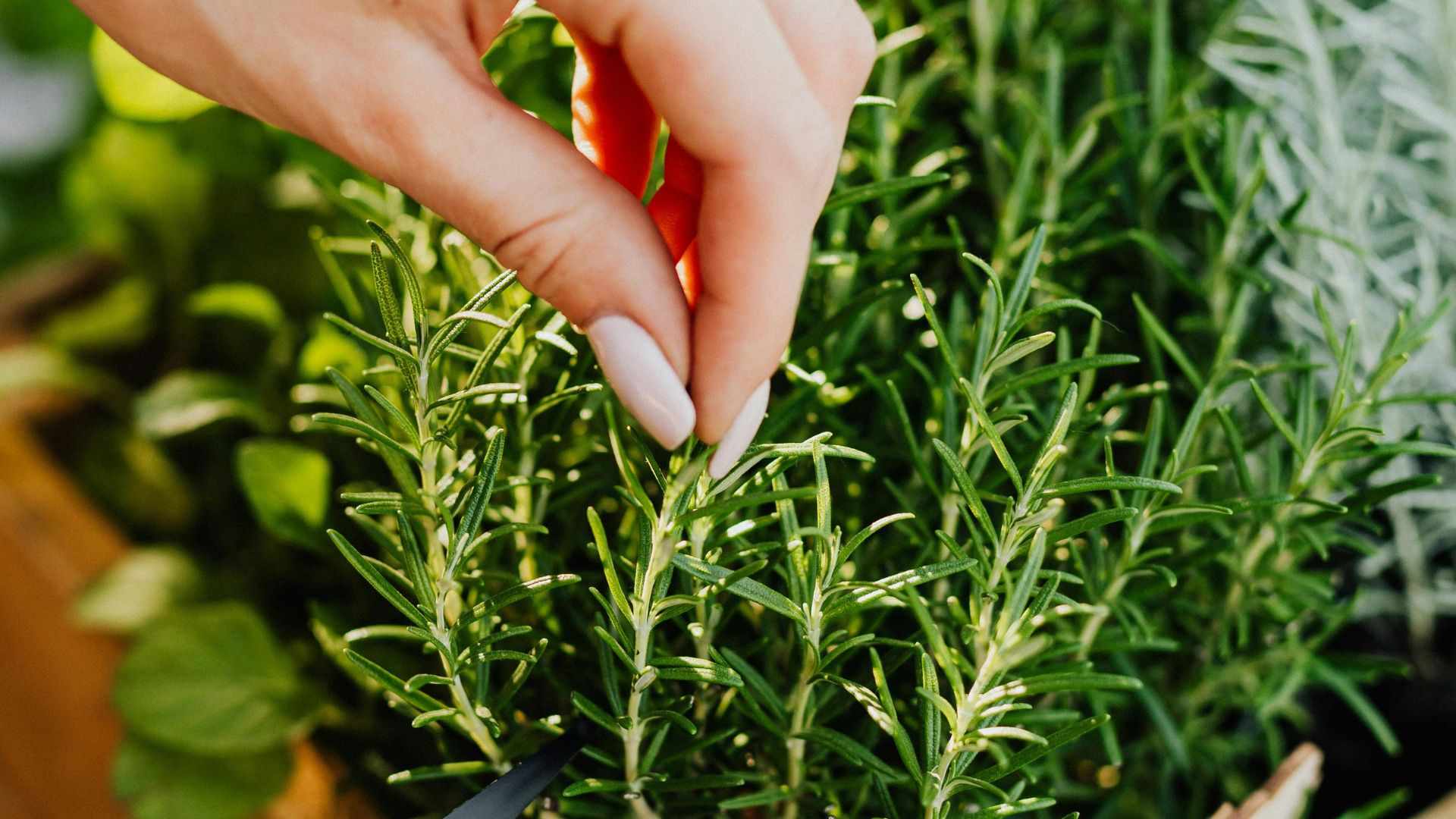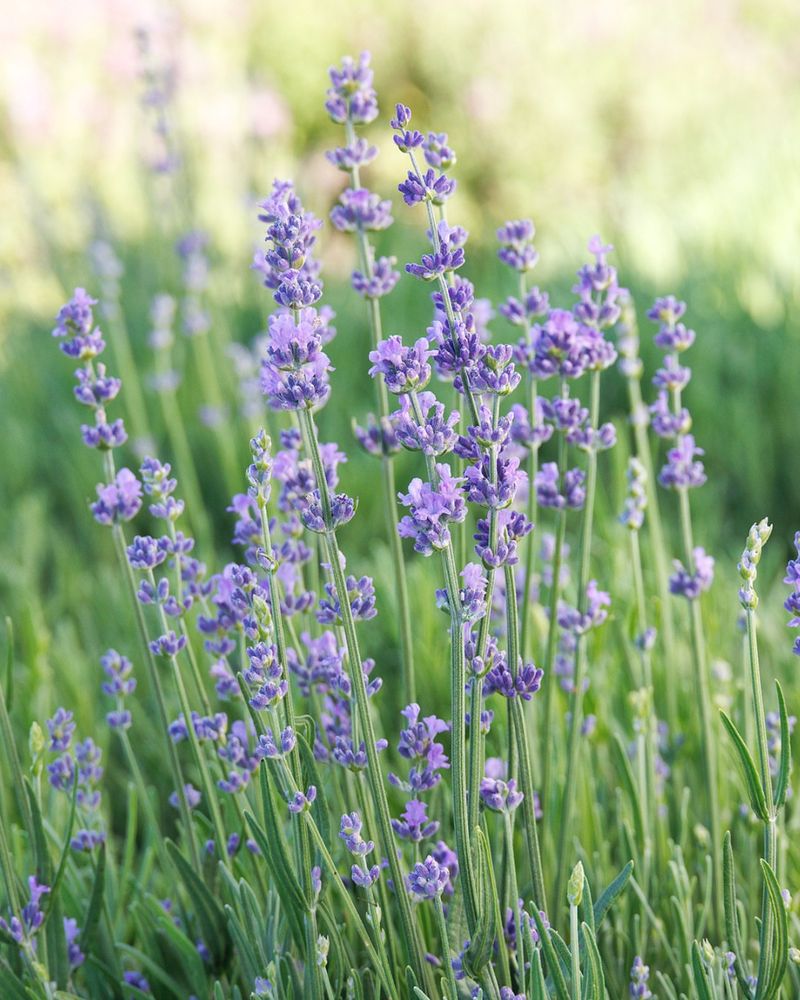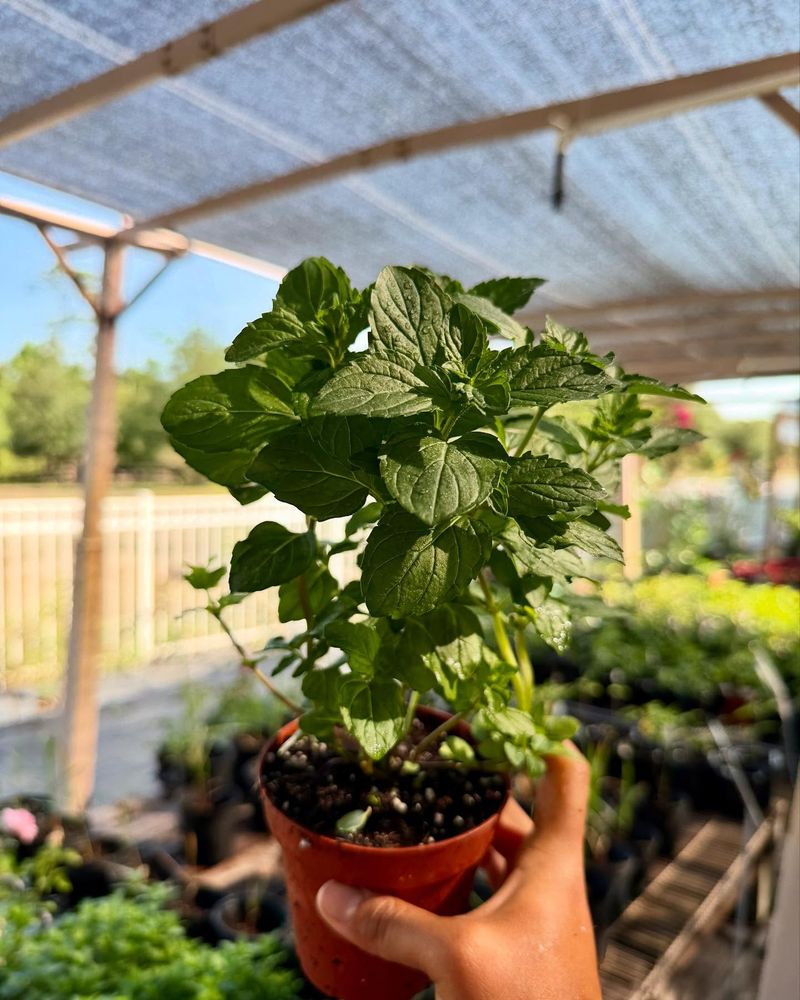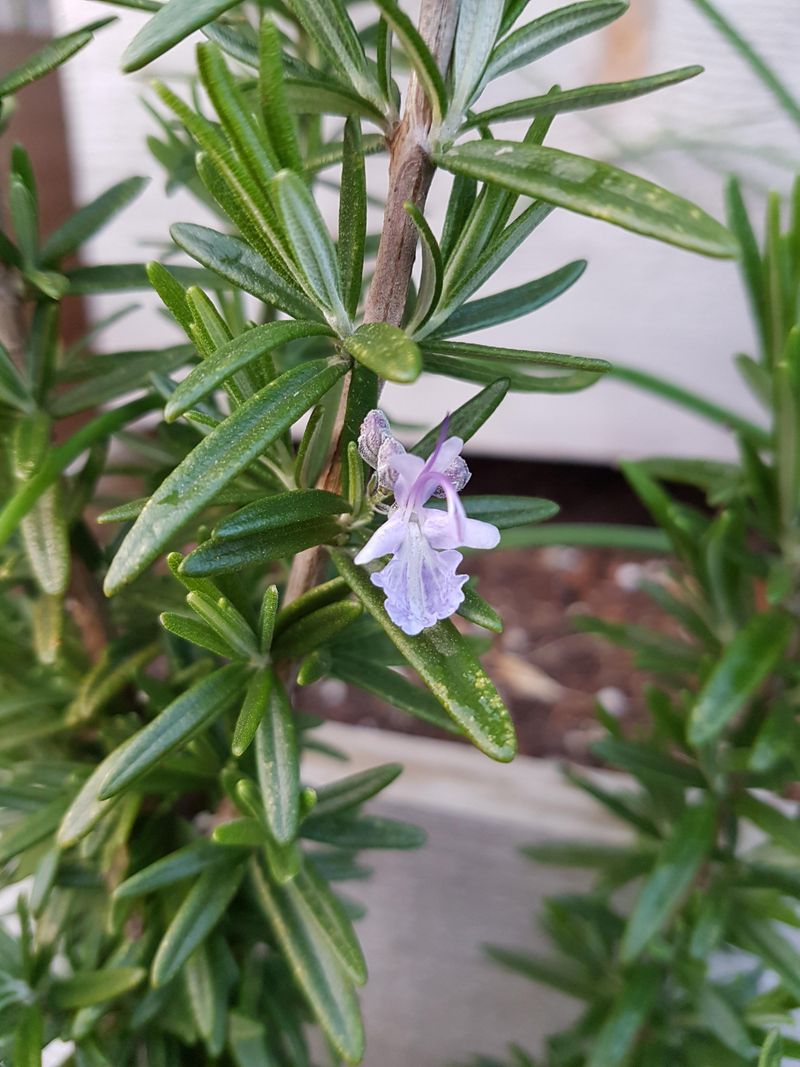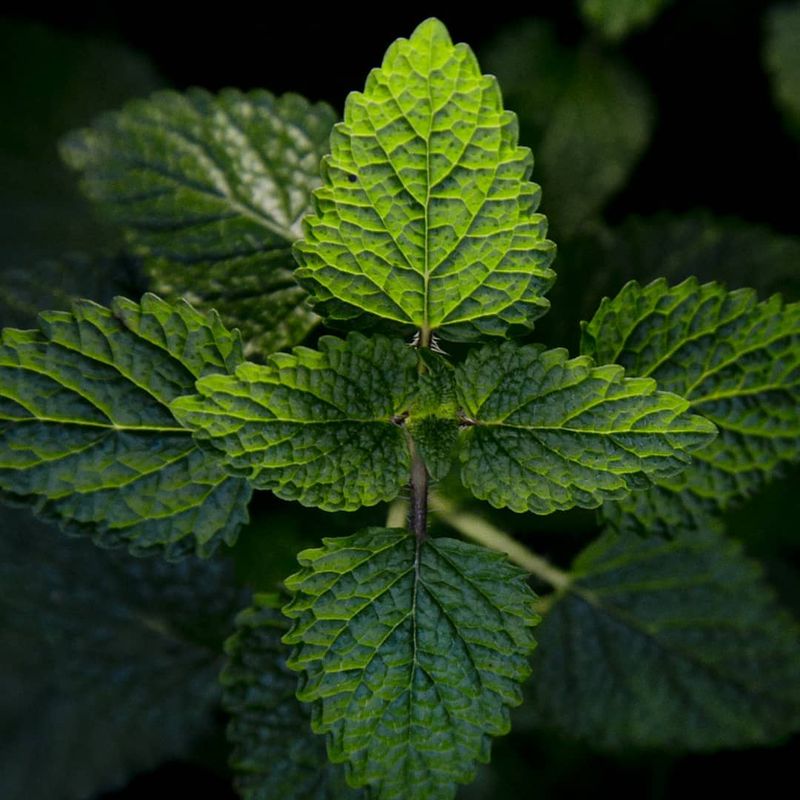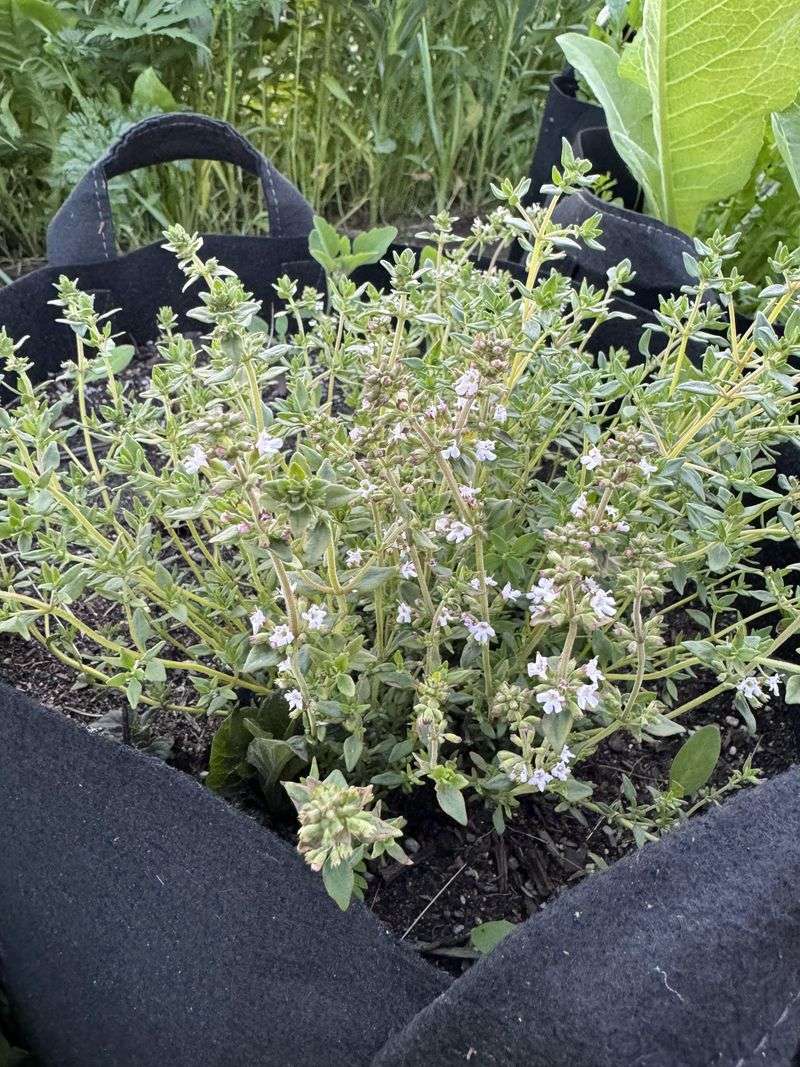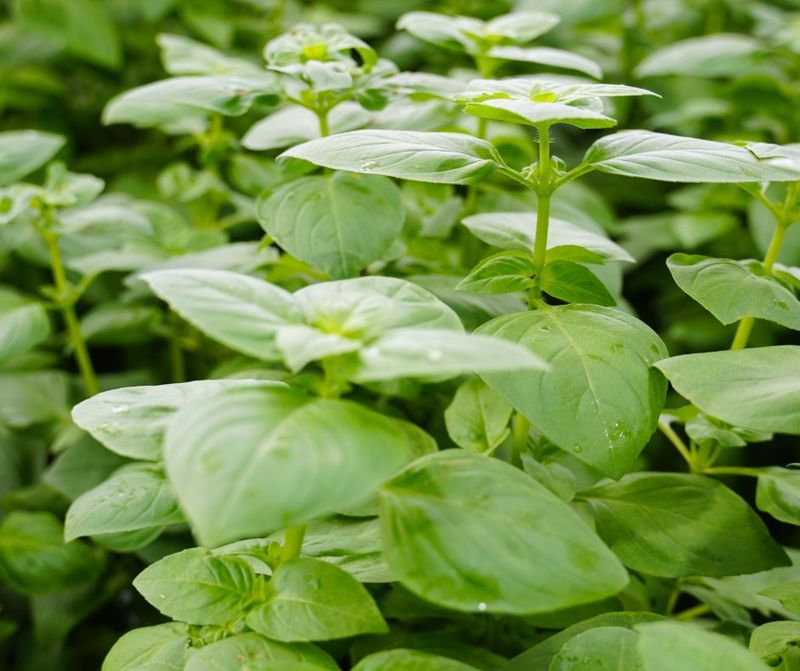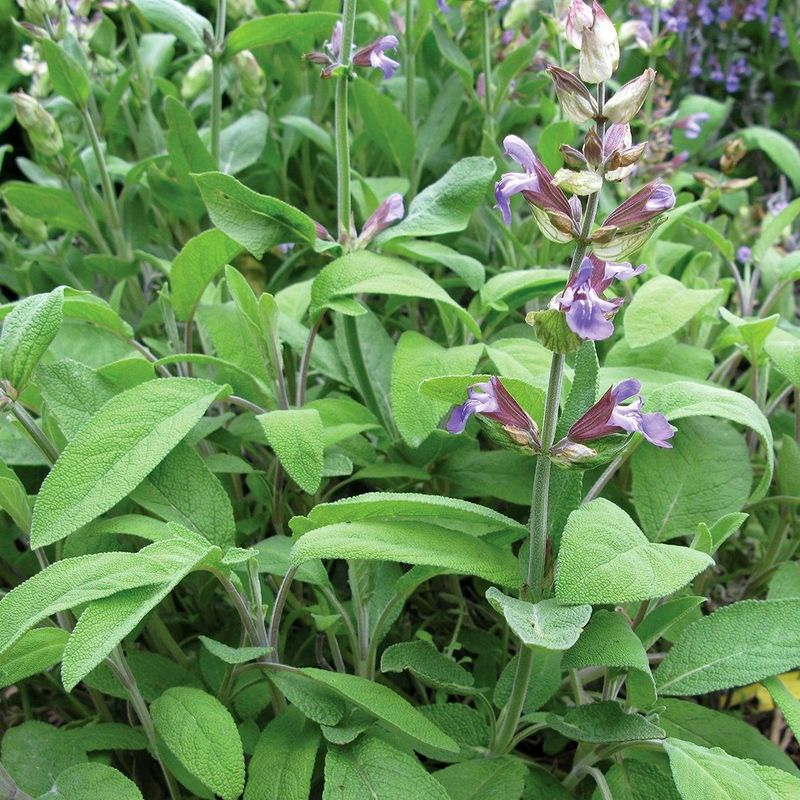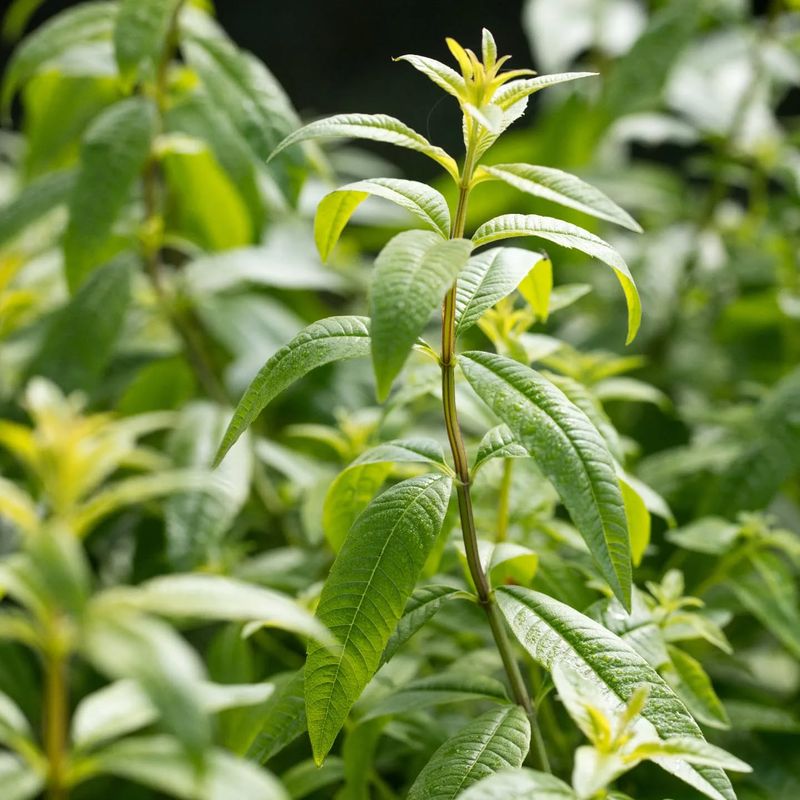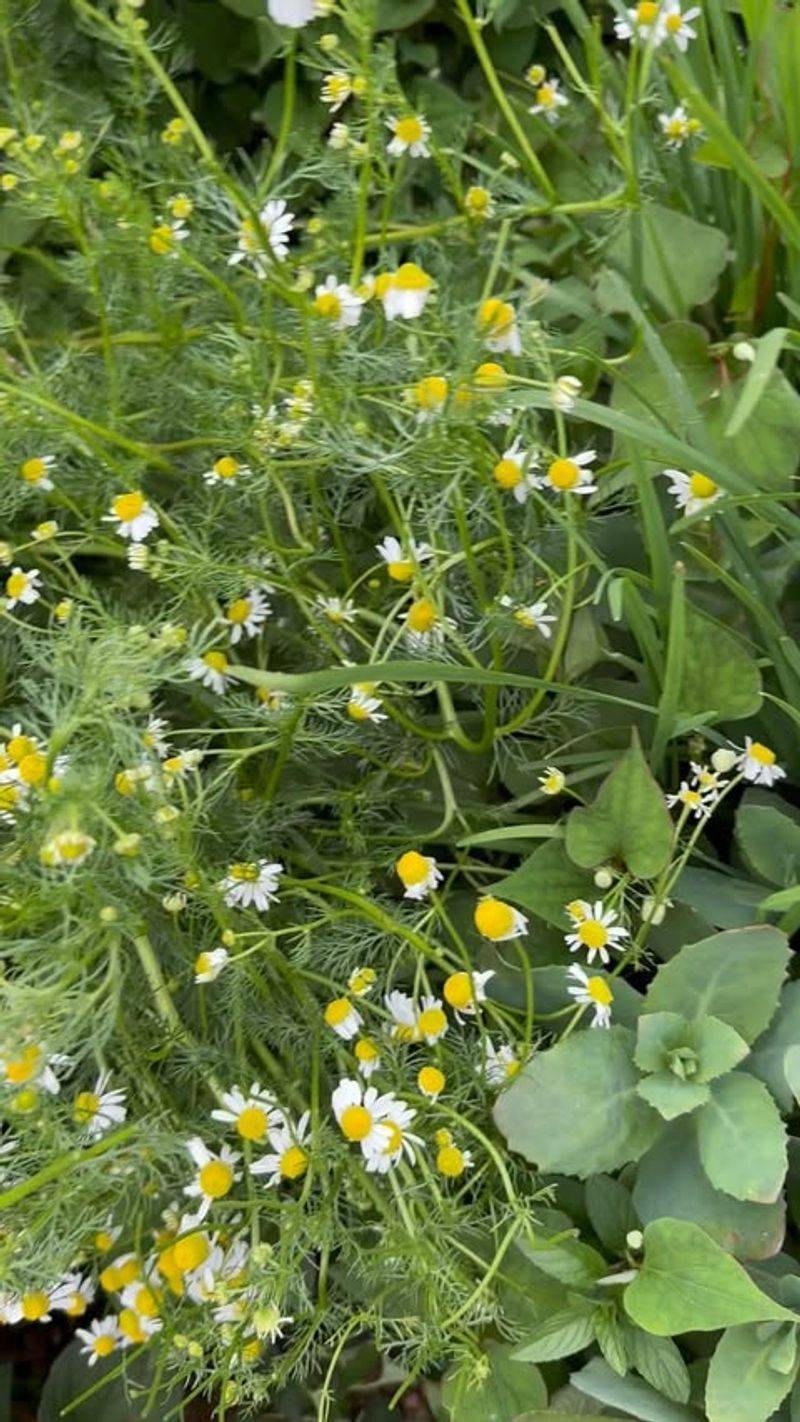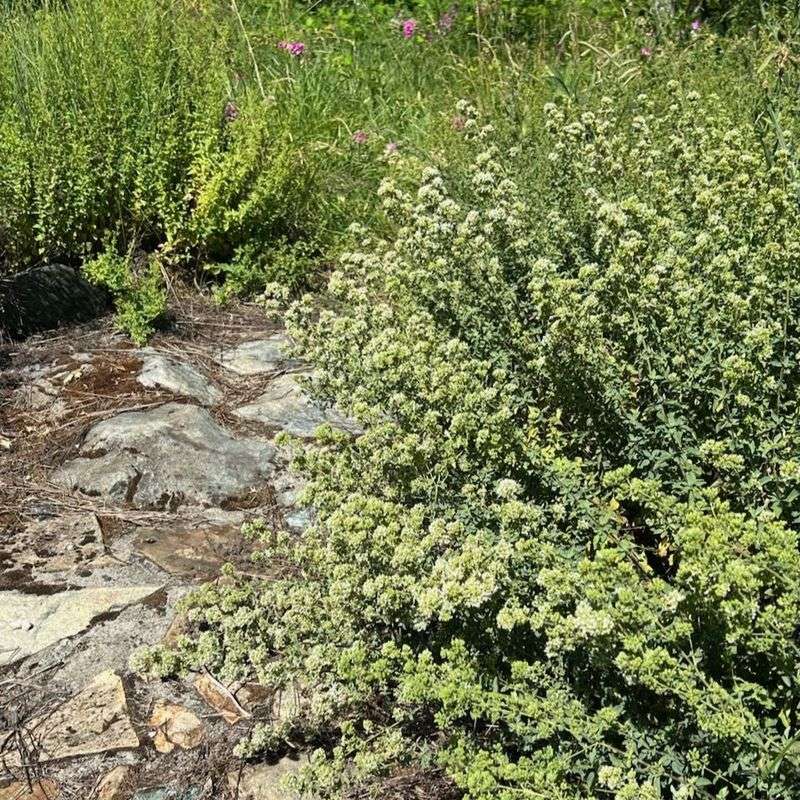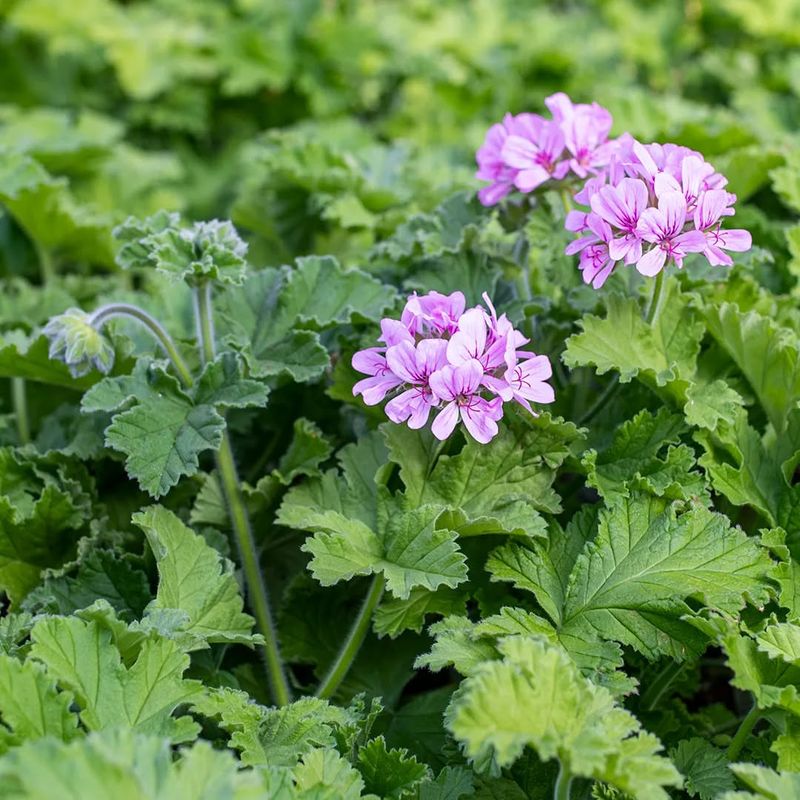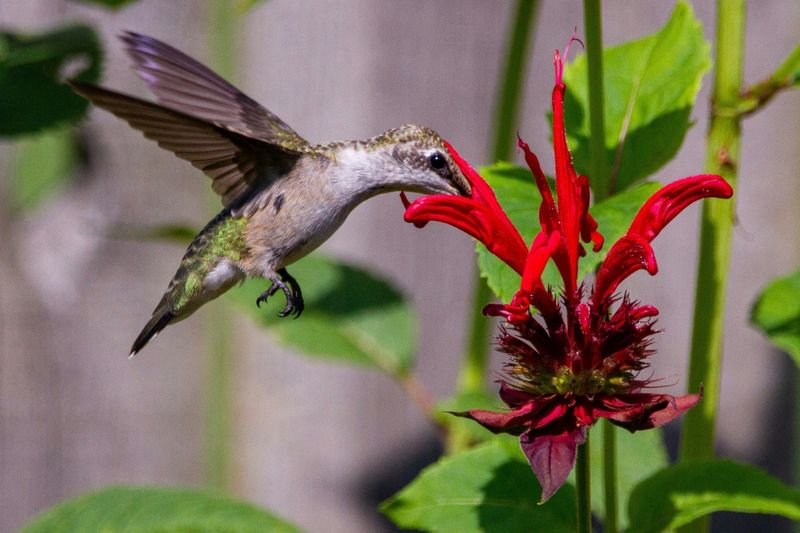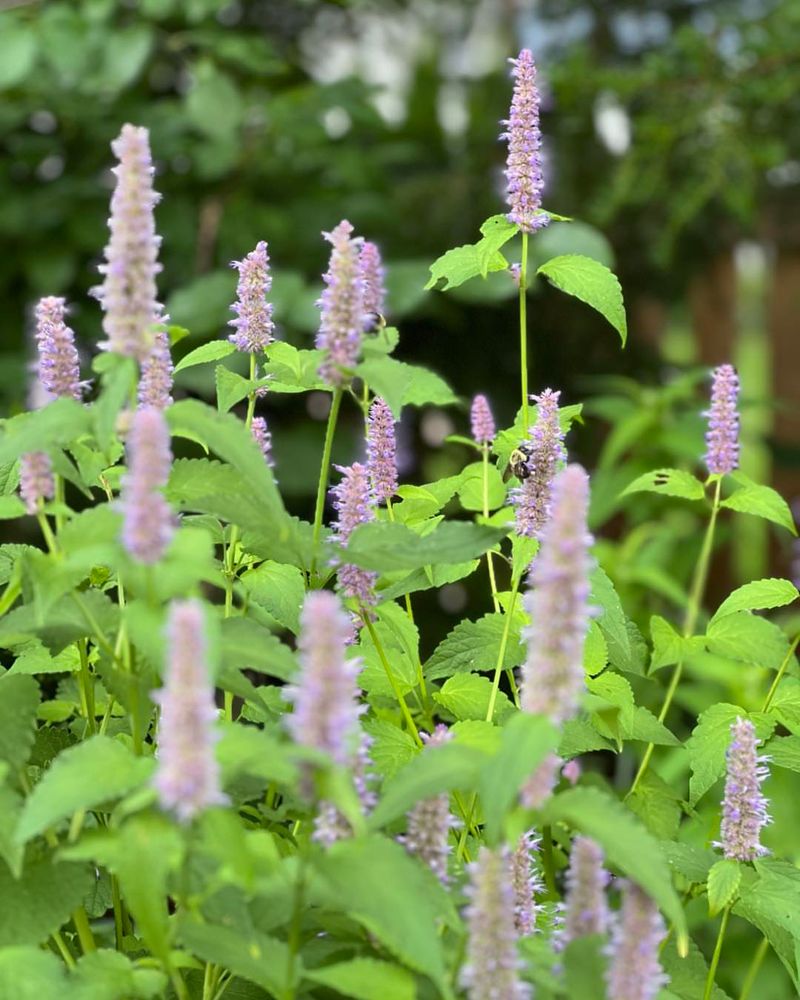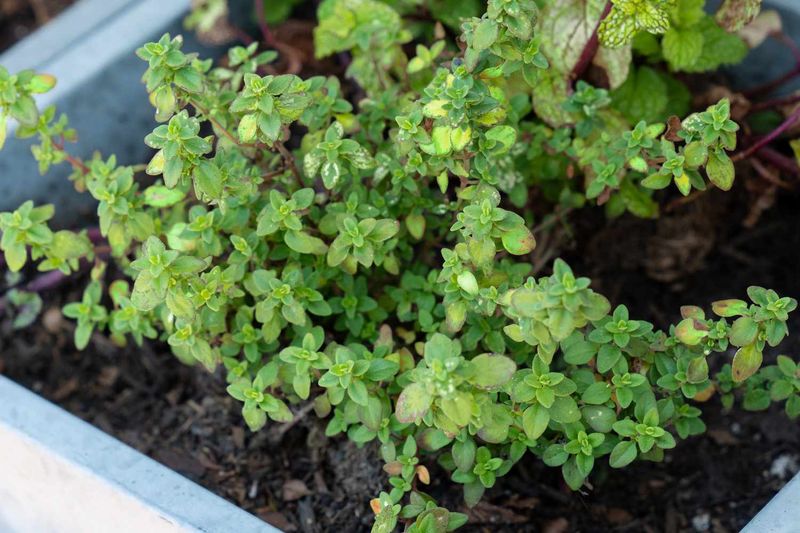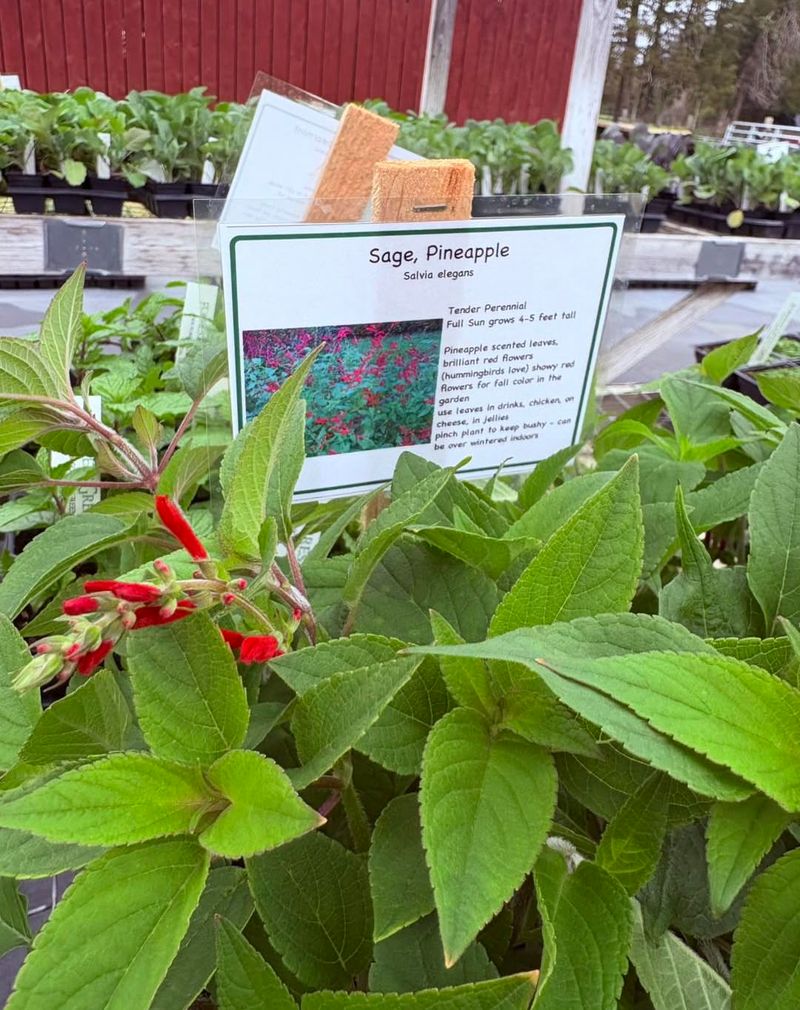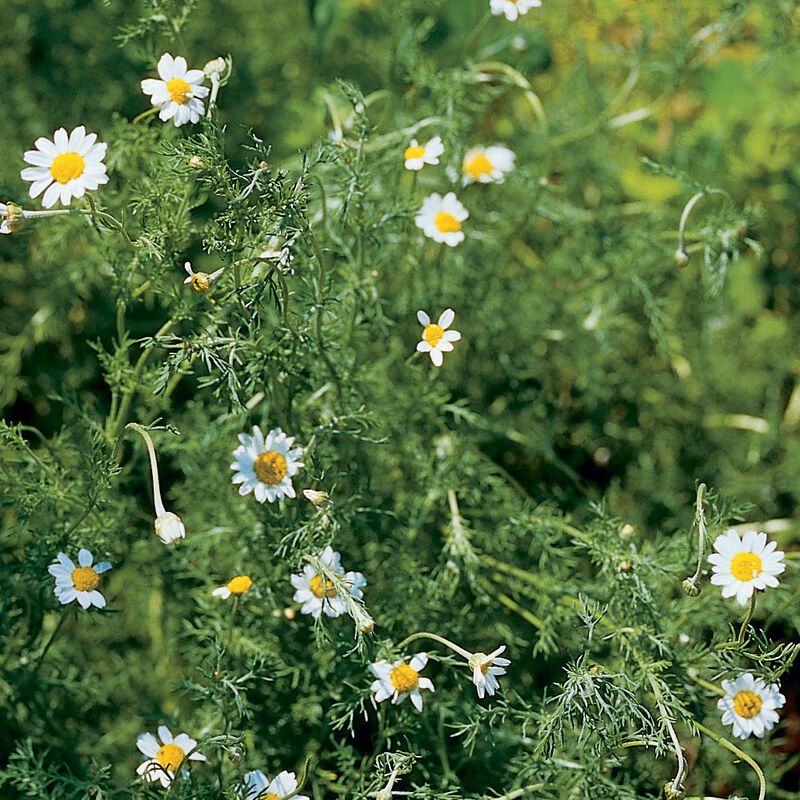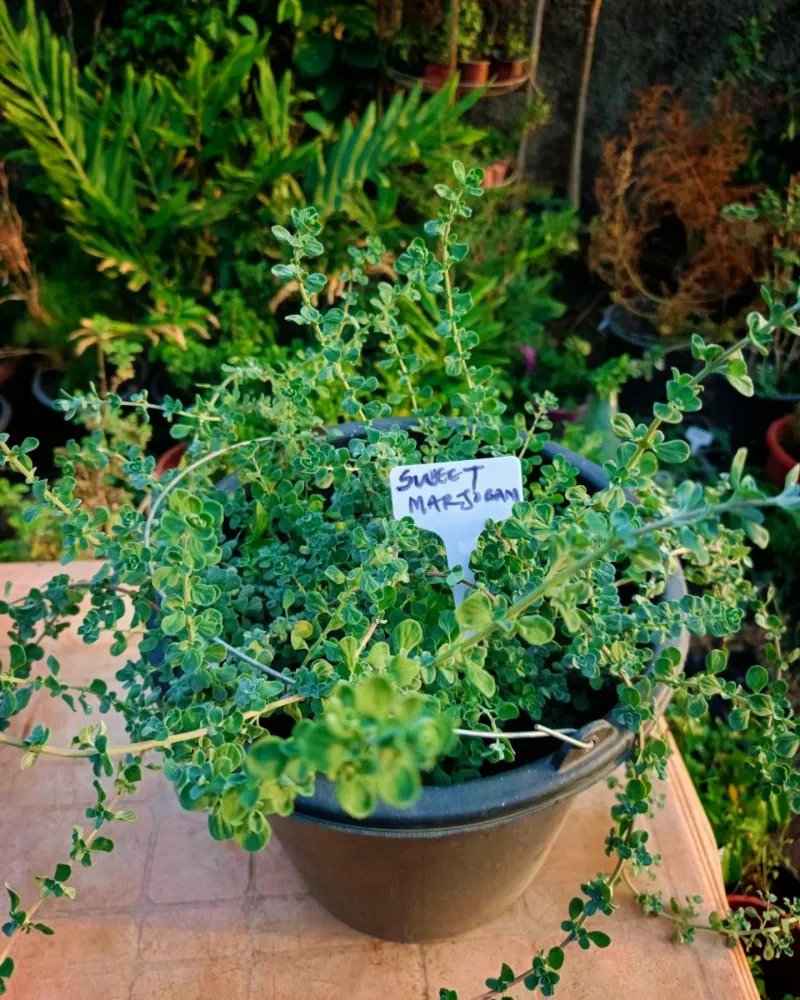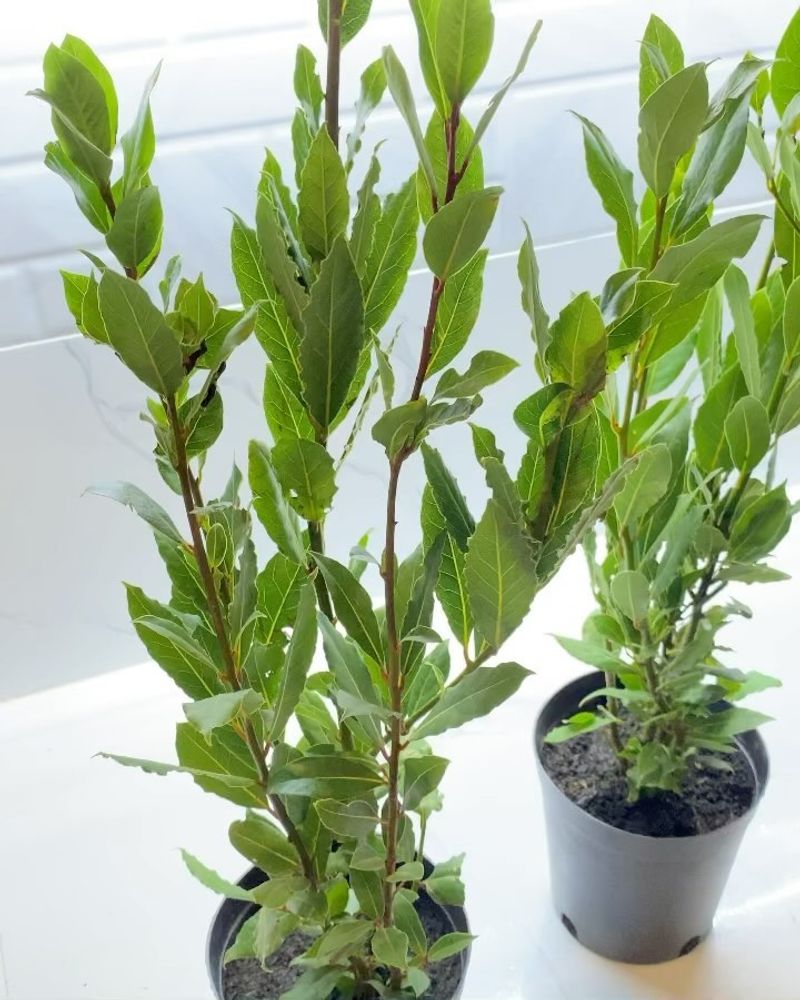Growing herbs goes way beyond cooking—they can turn your garden into a living perfume shop. With just a brush of your hand or a sunbeam overhead, these aromatic wonders release scent that lingers in the air and lifts the mood.
Herbs like rosemary, mint, basil, and lemon balm aren’t just fragrant—they’re expressive. Each one offers its own signature scent, from calming to invigorating. Crush a leaf or stroll past them, and your senses get an instant wake-up call.
If you’re crafting a sensory garden or just want natural fragrances at home, these 18 herbs bring beauty, purpose, and personality. Plant them where you linger most, and let nature fill the air with something truly special.
1. Lavender’s Soothing Scent
Nothing beats running your fingers through lavender stems on a summer afternoon. The calming aroma releases instantly with the slightest touch, making it perfect for planting along walkways.
I’ve placed clusters near my patio chairs where the warmth amplifies its scent. Even in winter, the silvery foliage maintains a subtle fragrance.
Bees absolutely love lavender blooms, adding a gentle buzzing soundtrack to its sensory experience. The scent lingers on your hands long after touching it – nature’s own hand perfume.
2. Mint’s Cooling Refreshment
Step on a mint leaf and suddenly the air fills with its unmistakable coolness. Unlike many herbs that need crushing, mint broadcasts its scent at the slightest disturbance, which is why it makes such a wonderful ground cover between stepping stones.
During summer gatherings, my guests often comment on the refreshing scent that greets them along the garden path. The fragrance intensifies after rain, creating an invigorating natural aromatherapy session.
Keep mint contained in pots unless you want it everywhere – this enthusiastic spreader doesn’t hold back!
3. Rosemary’s Pine-Like Perfume
Brushing against rosemary releases a distinctive pine-like aroma that lingers in the air. This woody herb maintains its scent year-round, making it one of the most reliable fragrant plants in my garden.
Hot summer days intensify rosemary’s perfume as the essential oils warm up. I’ve planted it near windows so the breeze carries its scent indoors – better than any air freshener.
The needle-like leaves hold their fragrance even in drought conditions. Sometimes I simply run my hands along the stems before entering the house, carrying a bit of garden freshness with me.
4. Lemon Balm’s Citrus Surprise
The first time I brushed against lemon balm, I was startled by how genuinely lemony it smelled without being a citrus plant. Its bright, clean scent lifts instantly from the leaves with just a light touch.
Morning dew seems to amplify this herb’s fragrance, making early garden visits especially rewarding. The heart-shaped leaves release their citrusy aroma even in shade, though they prefer sunny spots.
After a stressful day, crushing a leaf between my fingers offers an immediate mood boost. Like mint, it spreads enthusiastically, so many gardeners keep it contained.
5. Thyme’s Earthy Elegance
Walking on a thyme path releases tiny puffs of earthy fragrance with each step. This low-growing herb packs surprising aromatic power in its miniature leaves, especially the lemon and orange varieties.
My creeping thyme between patio stones creates a fragrant carpet that releases scent whenever friends visit. The aroma intensifies during flowering, when tiny purple or white blossoms appear.
Unlike some herbs that lose scent in cooler weather, thyme maintains its distinctive fragrance year-round. It’s particularly noticeable on warm days after rain, when the moisture seems to amplify its essential oils.
6. Basil’s Spicy Sweetness
Standing near a basil plant on a hot day, you might catch wafts of its distinctive spicy-sweet scent even without touching it. The sun seems to draw out its essential oils naturally.
Last summer, I placed several varieties near my outdoor dining area, creating a fragrance garden that doubled as a fresh herb bar for meals. Each type offers slightly different notes – from cinnamon to licorice.
The scent clings to your fingers after harvesting, a pleasant reminder of garden bounty. Pinching off flower buds not only extends the plant’s life but releases an extra burst of that characteristic basil perfume.
7. Sage’s Savory Warmth
Sage leaves feel almost velvety, with a complex earthy scent that rises immediately upon contact. The fuzzy texture of the leaves seems to hold the aromatic oils that release with the slightest brush of your hand.
Gray-green foliage stands out visually in the garden while providing consistent fragrance even in colder months. I’ve noticed sage’s aroma becomes more pronounced just before it rains, almost as if it senses the changing air pressure.
Planting different sage varieties together creates a tapestry of related but distinct scents – pineapple sage adds a surprising fruity note to the collection.
8. Lemon Verbena’s Intense Citrus
No herb in my garden draws more comments than lemon verbena – its intense citrus scent seems almost impossible coming from a leaf. The fragrance releases with minimal contact, wafting through the air with remarkable persistence.
Tall and somewhat lanky, this herb might not win beauty contests but more than makes up for it with aromatic power. Even the gentlest breeze can carry its scent several feet away.
Unlike other lemon-scented herbs, verbena maintains its full intensity even in cooler weather. The dried leaves hold their scent remarkably well, but nothing compares to the bright, clean fragrance of the fresh plant.
9. Chamomile’s Apple-Like Aroma
Walking through a patch of chamomile releases a gentle apple-like fragrance that’s surprisingly sweet and comforting. The scent comes primarily from the small daisy-like flowers rather than the feathery foliage.
My garden bench sits beside several chamomile plants, creating a naturally calming spot for morning coffee. The fragrance seems strongest in the morning hours when dew still clings to the blossoms.
Children especially enjoy this herb’s friendly scent – my niece calls them “apple flowers” and likes to collect the blooms. The plants self-seed readily, spreading their sweet fragrance to new garden areas each year.
10. Oregano’s Bold Presence
Few herbs announce themselves as boldly as oregano when brushed against in the garden. Its strong, almost spicy fragrance bursts from the leaves at the slightest touch, creating an instant Mediterranean atmosphere.
The low-growing plant forms aromatic mounds that release their scent in warm weather even without contact. I’ve placed oregano near garden edges where visitors inevitably brush against it, releasing its distinctive perfume.
Flowering brings an intensification of oregano’s already powerful aroma. Bees and butterflies flock to the tiny blooms, adding movement and life to this aromatic corner of the garden.
11. Scented Geranium’s Varied Fragrances
Running your fingers across scented geranium leaves feels like opening different perfume bottles – each variety offers its own distinct scent from rose to coconut to nutmeg. The slightly sticky leaves hold their oils remarkably well.
Unlike flowering geraniums, these plants are grown specifically for their aromatic foliage. The rose-scented variety near my garden bench has become a favorite hand-refresher during weeding sessions.
Scented geraniums perform particularly well in containers, where brushing past them on a patio or deck releases their fragrance. The leaves maintain their scent even in partial shade, though the aroma intensifies in full sun.
12. Bee Balm’s Bergamot Bouquet
Crushing a bee balm leaf between your fingers releases a complex scent reminiscent of bergamot orange – the essential oil that gives Earl Grey tea its distinctive fragrance. The aroma lingers on your hands long after contact.
Tall stems topped with unusual spiky flowers make this herb visually striking while providing consistent fragrance. Hummingbirds seem particularly drawn to both the bright blooms and the aromatic foliage.
My red bee balm creates a fragrant backdrop for shorter herbs, its scent becoming more noticeable in the heat of summer afternoons. The entire plant is aromatic, from stems to leaves to the showy flower heads.
13. Anise Hyssop’s Licorice Notes
Brushing against anise hyssop releases a sweet licorice scent that always surprises garden visitors who expect it to smell medicinal based on its name. The tall purple flower spikes add vertical interest while broadcasting their distinctive fragrance.
Butterflies cluster around this herb in remarkable numbers, drawn to both nectar and scent. The fragrance seems to intensify during flowering, though the leaves remain aromatic throughout the growing season.
I’ve found this herb particularly rewarding near outdoor seating areas where its height creates a fragrant privacy screen. The scent is strong enough to notice without being overwhelming, even on still summer days.
14. Lemon Thyme’s Citrusy Twist
Stepping on lemon thyme releases puffs of bright citrus scent that belie its tiny leaves. This low-growing herb packs remarkable aromatic power, making it perfect for planting between stepping stones or at path edges.
The fragrance contains true lemon notes without the acidic quality of actual citrus. Morning sun seems to intensify the scent, making early garden walks especially aromatic experiences.
Unlike regular thyme, the lemon variety offers a distinctly uplifting quality to its fragrance. My small patch has gradually spread to create a scented carpet that releases its perfume with each footstep – nature’s own aromatherapy treatment.
15. Pineapple Sage’s Fruity Fragrance
Crushing a leaf of pineapple sage between your fingers reveals an unmistakable tropical fruit scent that seems impossible from a garden herb. The bright green leaves release their fragrance easily, making this one of the most surprising aromatics in my garden.
Late-season red flowers attract hummingbirds while adding visual interest to this already remarkable plant. The tall, somewhat lanky growth habit makes it perfect for back-of-border placement where brushing against it releases its scent.
Cold weather intensifies the fruity aroma just before frost claims the plant for the season. I’ve taken to harvesting stems to bring indoors, where the leaves continue releasing their pineapple perfume for several days.
16. Roman Chamomile’s Sweet Ground Cover
Walking across roman chamomile releases a sweet, apple-like fragrance from its feathery ground-hugging foliage. Unlike its taller German cousin, this variety forms a dense aromatic carpet that stands up to light foot traffic.
The scent seems most pronounced on warm afternoons after the morning dew has dried. My small lawn of roman chamomile becomes increasingly fragrant throughout summer as tiny white flowers appear among the ferny leaves.
Sitting nearby on summer evenings, you can catch wafts of its gentle perfume even without direct contact. This herb has transformed a formerly barren patch into one of the most inviting spots in my garden.
17. Marjoram’s Gentle Complexity
Brushing against marjoram releases a gentle, complex scent that’s similar to oregano but noticeably softer and somewhat floral. The small, slightly fuzzy leaves hold their aromatic oils well, especially in hot weather.
This herb seems to broadcast its fragrance most strongly in the afternoon when the sun has warmed its leaves. My kitchen window box of marjoram provides both culinary convenience and natural perfume that drifts indoors on summer breezes.
Unlike some herbs that lose aromatic intensity after flowering, marjoram maintains its pleasant scent throughout its growth cycle. The tiny white or pink blossoms add visual charm while slightly intensifying the plant’s signature fragrance.
18. Bay Laurel’s Noble Aroma
Running your fingers along bay laurel leaves releases a distinctive earthy, almost spicy fragrance that’s both complex and elegant. The glossy, leathery foliage holds its scent remarkably well, even on cooler days.
My potted bay plant gets moved to protected areas in winter, ensuring year-round access to its unique aroma. Unlike softer herbs, bay requires more deliberate contact to release its fragrance – rubbing or crushing the leaves brings out their full aromatic potential.
Ancient cultures considered this plant sacred, and experiencing its noble scent in the garden helps explain why. The fragrance seems to deepen and mature as the plant ages, becoming more nuanced each year.

